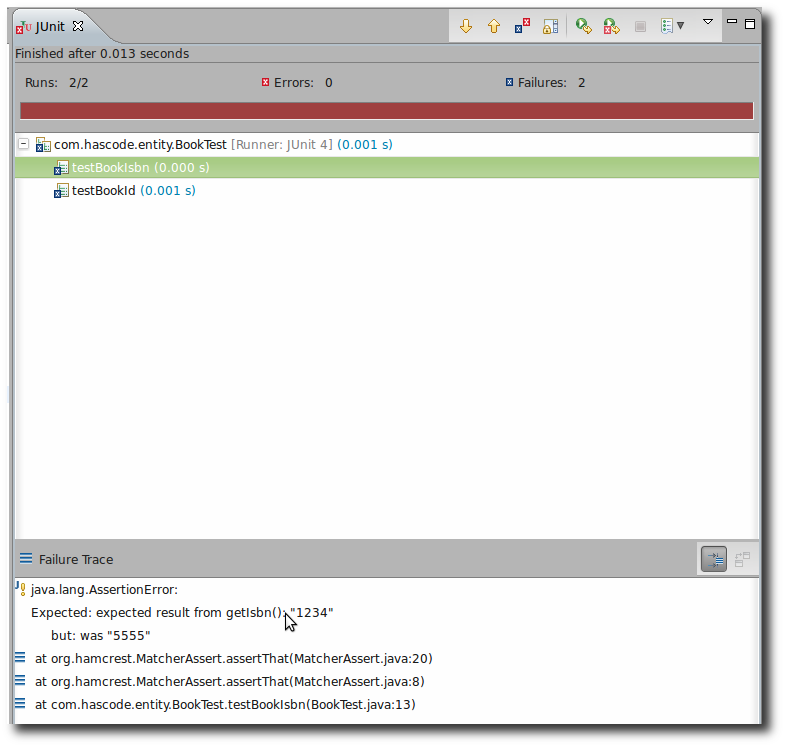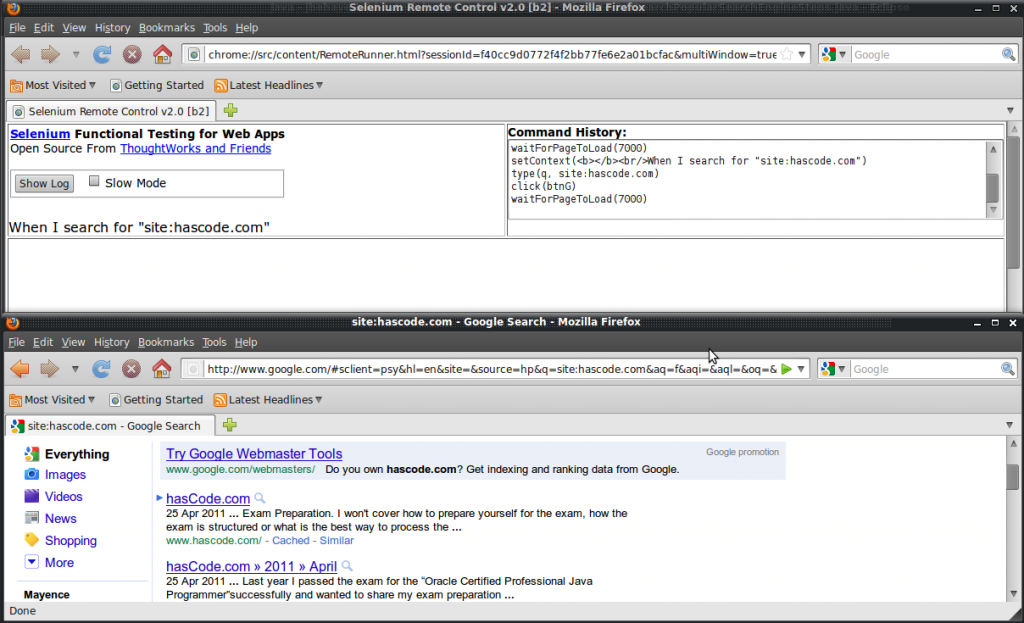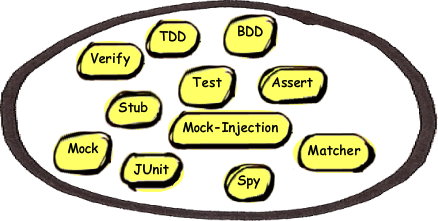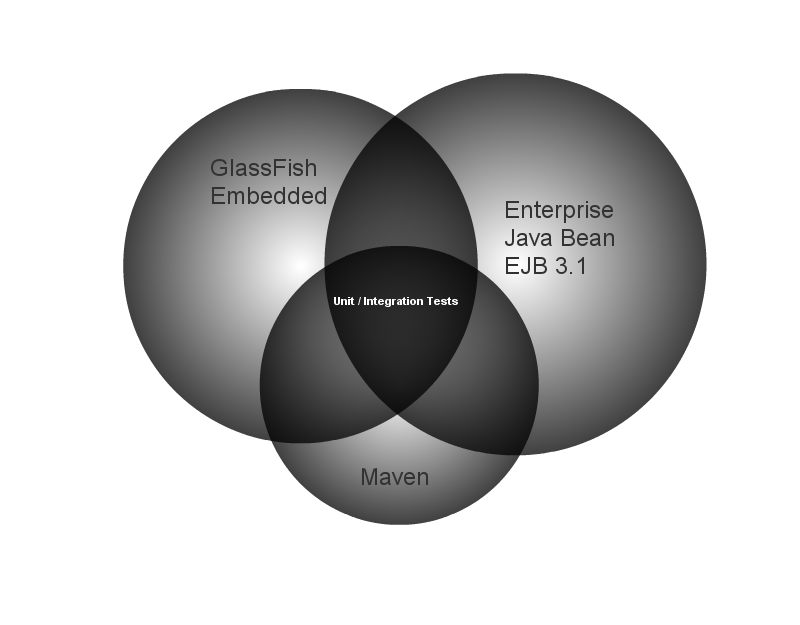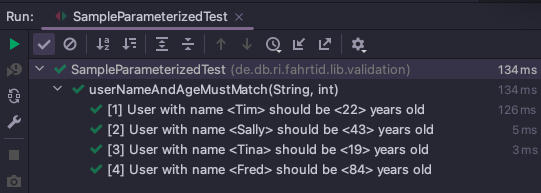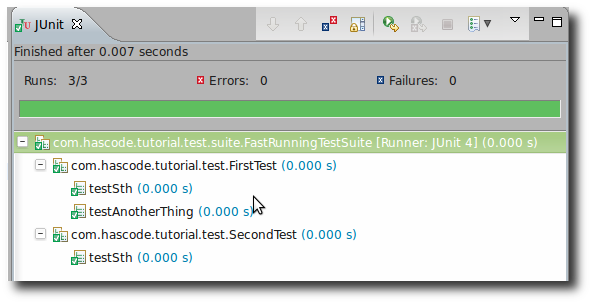
Running categorized Tests using JUnit, Maven and Annotated-Test Suites
Sometimes we need to classify the tests in a project and a possible solution to achieve this goal is to assign different categories to the tests. Often we’re doing this to separate the execution of fast-running and long-running tests or to run a specific set of tests that is only applicable in special situations. To run a specific set of categorized tests there are different options and in the following tutorial we’ll be covering two of them: by configuring the Maven Surefire Plug-in or by using a JUnit Test Suite and the JUnit annotations. ...
